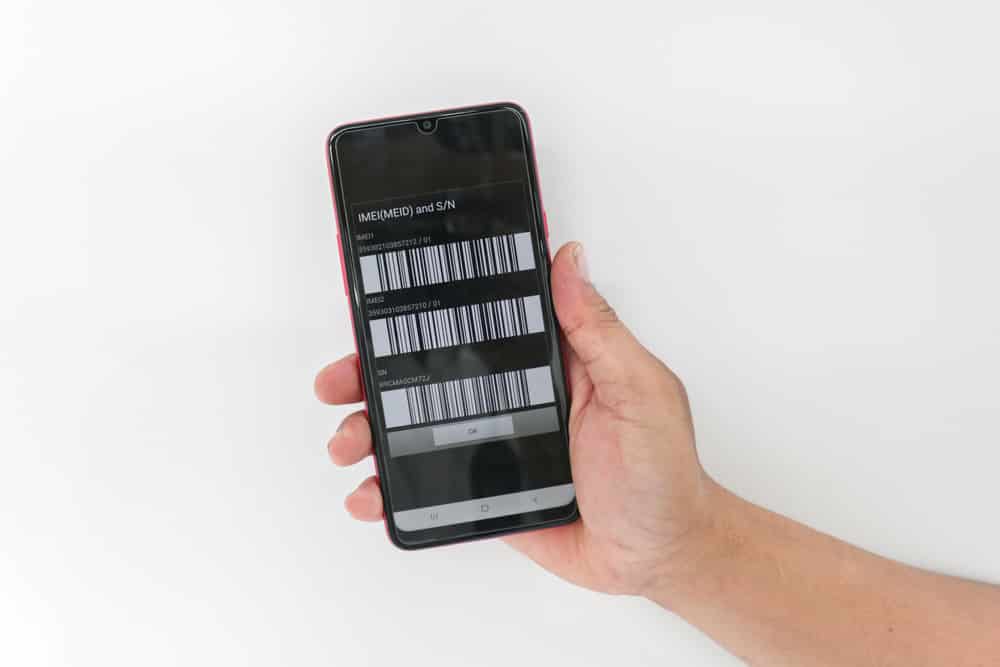
We ‘humans’ like to assign numbers, alphabets, and other logical functions to different things. It makes it easier for us to identify and differentiate between different things. For example, you have a name assigned to you since birth but you are also assigned a unique ID number that identifies you from a million people.
Mobile phones aside from their names and model numbers are also assigned an identifier that is unique to that particular device only. This identifier is called International Mobile Equipment Identity (IMEI).
Every cellular device has an IMEI assigned to it. Whether it be your smartphone, tablet, dongle, and mobile Wi-Fi, all of them are assigned an IMEI.
The IMEI is a 15 digit number where its first 8 digits are the Type Allocation Code (TAC). Followed by 6 digits of the serial number and finally a single digit which is the Check Digit.
So how can you find the IMEI of your device?
If you have a mobile phone you can check its IMEI in three ways:
- Look through the settings. If you can’t find your IMEI, click on Google. Type in, ‘the smartphones name and model number,’ plus, ‘ how to find IMEI,’ and press enter. You will find a step-by-step guide to find the IMEI number of your device.
- Open the phone app and dial (*#06#). This will show you the IMEI number.
- If your mobile phone has a removable back, then you can find it near the sim card port or below the battery.
- In some iPhones, the IMEI number is written on its sim card tray.
If you have a dongle or a mobile Wi-Fi you can find the IMEI address written on its back. If somehow the back text has faded away, you can access the network terminal of your device and get it from there.
Now, what is the use of an IMEI number?
Its first and most important function is the identification of your device. Everything else is built upon this function. For example, the anti-theft mechanism.
To blacklist a stolen device, you have to first identify it using its IMEI number than using that number ban it from accessing any network.
Another use for the IMEI can be utilized when buying used phones. If you are buying a used iPhone make sure you ask the seller to tell you the mobile IMEI number. Running that number in an IMEI tracking site will tell you its details. For example, a seller tells you the iPhone is 64 gigabytes you can check if he’s telling the truth by looking through the device information that you got from inputting the IMEI number.
Now, onto our main question, why two IMEI numbers?
Dual-sim phones always have 2 IMEI numbers. But devices with two sim card trays may or may not have two IMEI numbers. That’s because Dual-sim devices can connect to two networks simultaneously, which means that your mobile phone is registered to two networks.
Furthermore, the official policy statement released by the Global System for Mobile Communications (GSMA) states that” If each SIM is associated with its own transceiver, then each transceiver or SIM should have its own IMEI number”. So in technical terms, different transceivers due to having different TAC numbers will ultimately have different IMEI numbers. This is why a Dual-sim phone needs two IMEI numbers to identify both mobile modems.